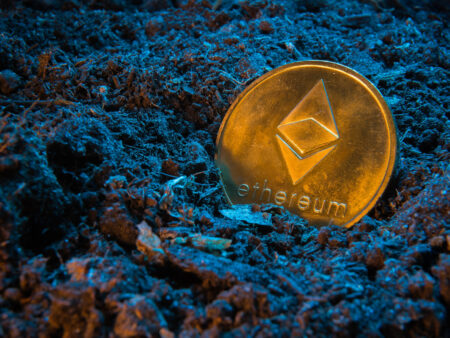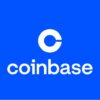The digital asset space is witnessing a seismic shift as Ethereum (ETH), the second-largest cryptocurrency by market capitalization, increasingly becomes a preferred store of value and unit of account for investors, rivalling Bitcoin’s dominant status. The growth in Ethereum’s market capitalization is a testament to its widespread acceptance and integration into the fabric of digital asset investment strategies.
Key to this ascent is the rise of staking platforms that enhance the yield-generating capabilities of Ethereum. EigenLayer is at the forefront of this innovation, offering an additional layer of rewards over the base yield of approximately 4% from ETH staking. This feature has brought the total value locked (TVL) in EigenLayer to over $15 billion, a significant portion of which is in ETH staked by investors seeking to maximize their returns.
What sets EigenLayer apart is its model of utilizing independent chains that leverage ETH to ensure the security of their networks. This innovative approach has proven attractive for networks like eoracle, which launched in mid-April and rapidly secured a stake of over $5 billion in ETH, with the ambition to establish a decentralized oracle network.
The design of EigenLayer enables a distinct separation between assets that provide security and those that serve governance functions, with ETH underpinning the security aspect. This structural separation has not only contributed to the platform’s robustness but has also drawn in an array of Advanced Virtualization Stack (AVS) projects both within and outside the EigenLayer ecosystem, such as Omni Network and XTerio, which collectively have garnered billions in re-staking TVL.
Furthermore, Blast, a layer-2 chain, has succeeded in attracting over $2.7 billion in bridged capital by employing a unique incentive structure to entice participation. However, the road hasn’t been entirely smooth. Blast weathered security incidents, including the notable Munchables hack which spotlighted lapses in its control mechanisms.
Despite these security challenges and the soaring capital inflow, EigenLayer maintains a cautious stance, which has restrained its TVL; only a limited number of projects are active on the platform compared to the significant investments it has attracted. This conservative approach signals a prioritization of security and trust in the staking arena, emphasizing the value of stability in the burgeoning blockchain economy.
In conclusion, as staking emerges as a go-to method for earning passive income in the cryptocurrency space, platforms like EigenLayer are crucial in offering enhanced returns to ETH holders. The significant investment and the careful steps taken to ensure security are indicators of a maturing sector that continues to evolve to meet the demands of a diverse investor base. Ethereum’s staking landscape is redefining potential income streams and risk management for crypto assets, reinforcing its position alongside Bitcoin as a cornerstone of the digital economy.










